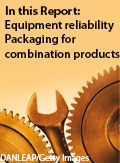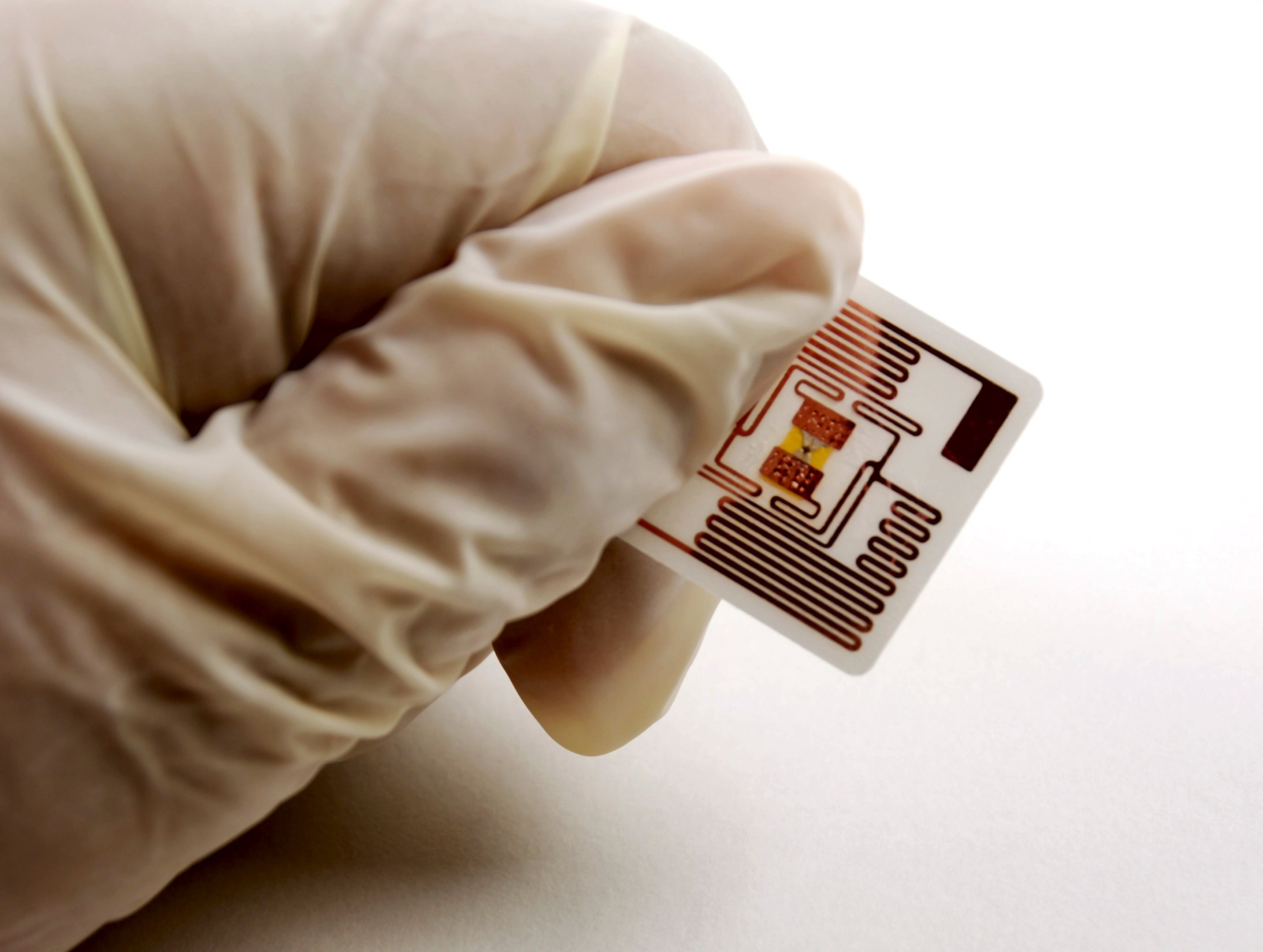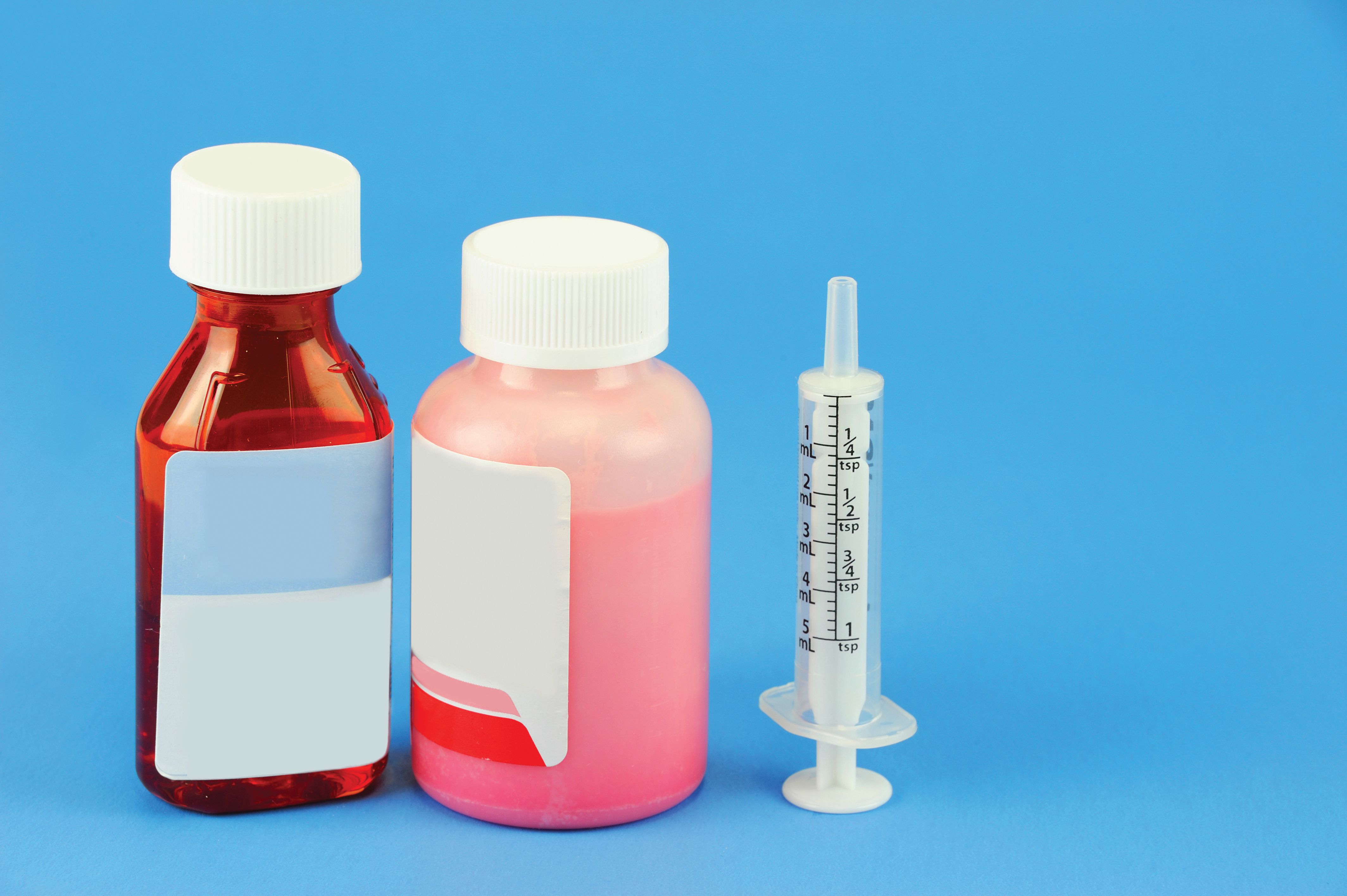News
Article
Equipment and Processing Report
Equipment and Processing Report
Designing Pharma Equipment for Reliability
Author(s):
The goal of Design for Reliability (DfR) is to eliminate defects at the design stage; PharmTech interviews Jacobs about DfR for pharma equipment.
Design for reliability (DfR) is a methodology for ensuring that equipment or other assets are built so that they run consistently without unexpected failure, and that they can be accessed and maintained over time. “Asset health accountability drives the creation and execution of a robust reliability framework,” says John Ganaway, Design for Reliability practitioner at Jacobs. Software may assist in DfR, but in reality it is the stakeholders who must “build and execute a reliability framework,” says Ganaway. Pharmaceutical Technology interviewed Ganaway about DfR and its application in pharmaceutical manufacturing.
DfR
PharmTech: What is design for reliability (DfR)?
Ganaway (Jacobs): Design for Reliability (DfR) aims to ensure reliability, maintainability, ergonomics, accessibility, and availability of assets. The concept blends aspects of statistics, probability, and reliability theory, as well as engineering, analysis, and stakeholder engagement. DfR should be active throughout an asset’s or product’s lifecycle so that users can evaluate and verify that the equipment has been robustly designed, and so that problems caused by any design issues may be predicted before they can affect performance.
DfR practices allow equipment systems to meet reliability requirements, while applying the latest methods for risk management and design assessment. Stage gates for equipment concept and design trigger DfR and the application of each element of the method.
PharmTech: What are the main goals of a DfR program?
Ganaway (Jacobs): Its main goals are institutionalized knowledge improvement, continuous improvement, and the elimination of defects at the design stage. Those using the methodology must be able to transform information into knowledge and to integrate what they have learned. They must also be humble enough to ask all stakeholders for their input to improve overall knowledge, including the craftspeople who support equipment maintenance activities.
PharmTech: Can you share example(s) showing how DfR is used in bio/pharma manufacturing?
Ganaway (Jacobs): Let’s consider the air-handing system used for a seed lab and associated 20-L room. Its design had to ensure that airflow was adequate in order for the facility to meet biozone requirements. When the design review had reached the 30% point, the equipment included six, fan-powered, high-efficiency particulate air filters (HEPAs).
All components within a fan-powered HEPA are accessible from the cleanroom side, eliminating the need to access the fan-powered HEPA from above the ceiling. In this case, the project reliability lead, who understood the holistic maintenance strategy for HEPAs throughout the plant, also projected what might happen if the fan failed. If failure occurred, he noted, unfiltered air could easily enter the seed lab. In this case, the HEPA filter would have to be removed from its sealing frame in order for maintenance technicians to access the fan components (e.g., the damper and controller).
HEPA filters are not typically changed at regular intervals. Instead, they are usually recertified at a time interval set by the owner. If the fan-powered HEPA filter were to fail, this failure would result in an expensive process interruption. Not only would the filter have to be recertified before being put back into use, the 20-L room would need to be cleaned three times, and the cumulative time required for all of these activities would exceed allowable downtime and compromise the ISO biozone’s cleanliness requirements.
Taking these potential risks into account, the filter’s final design was altered so that there was only one fan-powered HEPA, which prevented the loss of ‘fan power filter fan failure’ mode. Additionally, the fan-powered HEPA’s function was changed so that it is now simply a recirculation fan.
During the commissioning of this space, tests were run to understand the impact that loss of one fan-powered HEPA would have overall, and whether it was even needed. In this case, the reliability lead’s knowledge of operations, requirements, and potential risk, led to an improved design, highlighting the importance of involving all stakeholders in the DfR process.
New technologies
PharmTech: How do new technologies such as AI/predictive maintenance aid in DfR?
Ganaway (Jacobs): System health indicators (SHIs) are crucial. They are based on such process health indicators (PHIs) as pH, conductivity, pressure, temperature, and flow, and then integrated with asset health indicators (AHIs) (e.g., vibration magnitude with frequencies, oil cleanliness such as ISO codes, temperature using thermography, ultrasound using acoustics, current, voltage, and material thickness). With this data, artificial intelligence (AI), using improved data models, can create a method for enunciating defects. Once users are aware of the defects and the probability of their occurring, they can make better design decisions, eliminating those defects at the design stage.
PharmTech: What do you see as the trend for using DfR?
Ganaway (Jacobs): The concept is now being integrated into capital planning and execution, which is a very positive trend. As the industry gains more experience with DfR and improves the way it handles and analyses data, information will be freed from individual data silos to create new specifications and standards. Although the pharma industry is still at an early stage in its digitization (compared with the steel, petrochemical, and automotive sectors), as competitive factors continue to impact its profit margins, manufacturers will be more interested in reducing total cost of ownership of their equipment and other assets. Creating standard work within the framework of robust maintenance and reliability programs will demystify that point where capital expenditure and operational expenditure intersect.
Newsletter
Get the essential updates shaping the future of pharma manufacturing and compliance—subscribe today to Pharmaceutical Technology and never miss a breakthrough.






